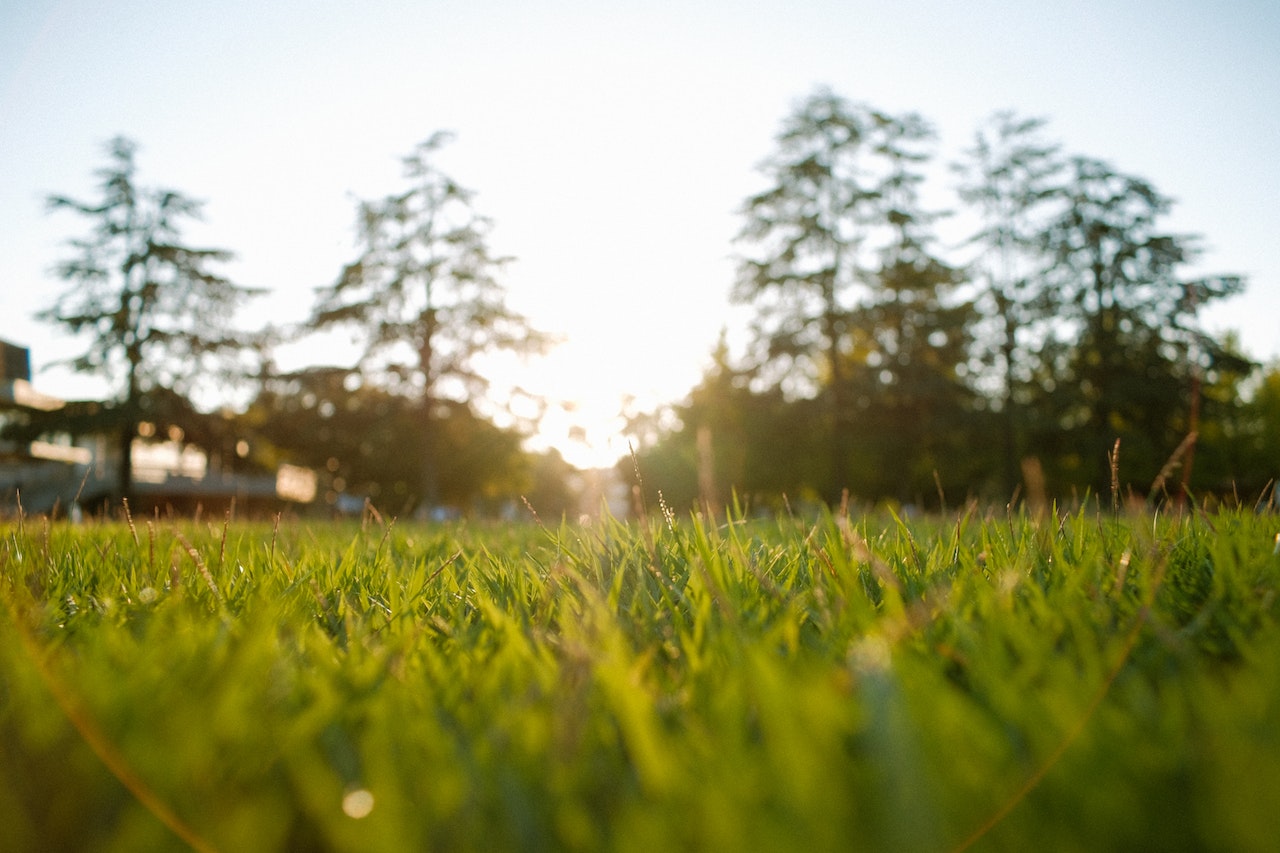Zoysia grass is a tough and resilient type of turfgrass that's known for being drought-tolerant and able to withstand heavy foot traffic. While these qualities make zoysia grass an ideal choice for many homeowners, the grass can also spread quickly and choke out other plants in yards and gardens. If you're struggling to control the growth of zoysia grass, read on for some tips on how to get rid of it for good.
The Good: Zoysia Grass is Durable
One of the biggest advantages of zoysia grass is that it is very durable. This type of turfgrass can withstand heavy foot traffic without becoming damaged. If you have a busy household or you entertain often, zoysia grass may be a good option for you.
This type of grass is also resistant to many common diseases that affect other types of turfgrass. If you live in an area with a lot of rainfall, this can be a big advantage. Zoysia grass does not require a lot of water or chemicals to stay healthy.
The Bad: Zoysia Grass Requires Patience
If you are looking for instant gratification, zoysia grass is not the right choice for you. This type of turfgrass takes longer to establish than other types of grasses. It can take up to two years for zoysia grass to fully mature.

Another downside to zoysia grass is that it has a high thatch level. Thatch is the layer of dead and living plant material that accumulates on top of the soil surface. A thick layer of thatch can inhibit water and nutrient uptake by the roots and lead to lawn problems such as brown patches.
The Ugly: Zoysia Grass Can Be Invasive
One final disadvantage of zoysia grass is that it has the potential to be invasive. This means that it can spread beyond the area where it was originally planted and into adjacent areas such as flower beds or gardens. If left unchecked, zoysia grass can quickly become out-of-control.
Manually Remove the Grass
The first step in removing zoysia grass is manually removing as much of the grass as possible. This can be done by digging up the roots with a shovel or trowel. Be sure to wear gloves and long sleeves while doing this to protect your skin from the sharp blades of the grass. Once you've removed as much of the grass as you can, it's time to treat the area with herbicide.
Apply Herbicide
There are a number of different herbicides that will work on zoysia grass, but glyphosate is typically the most effective. You can find glyphosate at your local hardware or home improvement store. Be sure to follow the instructions on the label carefully so that you apply the herbicide correctly. You may need to reapply the herbicide several times before you see results.
Prevent Future Growth
Once you've finally gotten rid of all the zoysia grass in your yard, you'll want to take steps to prevent it from growing back. One way to do this is to maintain a thick layer of mulch around your plants so that the zoysia seeds are unable to take root. You can also regularly aerate your lawn so that the zoysia roots don't have a chance to establish themselves. With a little bit of effort, you can keep your yard free of zoysia grass for good!
Conclusion
Zoysia grass has both benefits and drawbacks that should be considered before deciding whether or not to plant it in your yard. On the positive side, zoysia grass is very durable and resistant to disease. However, it can take up to two years for this type of turfgrass to fully mature. Additionally, zoysia grass has a high thatch level which can lead to lawn problems down the road. Finally, zoysia grass can be invasive so it is important to monitor it carefully if you decide to plant it in your yard.




